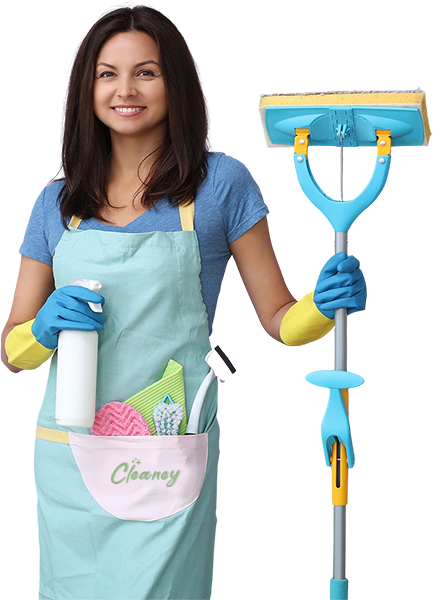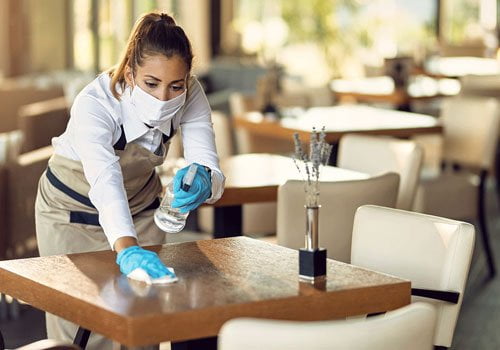Introduction:
In a world where cleanliness and hygiene have taken center stage, the commercial cleaning industry is evolving rapidly to meet the demands of modern businesses. From advanced technologies to eco-friendly practices, the latest trends in commercial cleaning are reshaping the way we approach cleanliness and sanitation. In this article, we’ll explore the cutting-edge trends that are making waves in the commercial cleaning process.
- Smart Cleaning Technologies:
- Internet of Things (IoT) Sensors: The integration of IoT sensors in cleaning equipment allows for real-time monitoring and data collection. This enables more efficient and targeted cleaning practices by identifying high-traffic areas and optimizing cleaning schedules.
- Robotics and Automation: Robotic cleaners are becoming increasingly sophisticated, capable of autonomous cleaning tasks in commercial spaces. These robots not only enhance efficiency but also reduce the need for human intervention in routine cleaning processes.
- Green Cleaning Practices:
- Eco-Friendly Cleaning Products: Businesses are increasingly opting for environmentally friendly cleaning solutions. Green cleaning products, which use sustainable and non-toxic ingredients, contribute to a healthier indoor environment and align with corporate sustainability goals.
- Water-saving Technologies: Water conservation is a key focus in commercial cleaning. Innovations such as low-flow and smart water dispensers help minimize water wastage during cleaning processes, promoting both sustainability and cost-effectiveness.
- UV-C Disinfection:
- Ultraviolet-C (UV-C) Light Technology: UV-C light has gained prominence for its ability to effectively kill bacteria and viruses. Commercial cleaning services are incorporating UV-C disinfection methods to sanitize surfaces and air, providing an extra layer of protection against infectious diseases.
- Data-Driven Cleaning:
- Predictive Analytics: Utilizing data analytics allows cleaning companies to predict and prevent issues before they arise. By analyzing cleaning performance data, businesses can optimize schedules, allocate resources efficiently, and ensure a consistently high level of cleanliness.
- Feedback Loops: Implementing feedback mechanisms, such as customer surveys and sensor data, helps cleaning services adapt to the evolving needs of their clients. Continuous improvement based on real-time feedback ensures customer satisfaction and loyalty.
- Employee Training and Well-being:
- Advanced Training Programs: With the introduction of new technologies, commercial cleaning staff require advanced training to operate and maintain high-tech cleaning equipment. Investing in employee education ensures a skilled workforce capable of delivering top-notch cleaning services.
- Focus on Well-being: Acknowledging the importance of employee well-being, cleaning companies are adopting practices that prioritize the health and safety of their staff. This includes ergonomic equipment, proper safety protocols, and initiatives to reduce occupational hazards.
Conclusion:
The commercial cleaning industry is at the forefront of innovation, embracing technologies and practices that redefine the standards of cleanliness. From smart cleaning solutions to eco-friendly practices, these trends not only enhance the efficiency of cleaning processes but also contribute to creating healthier, more sustainable work environments. As businesses continue to prioritize cleanliness, staying abreast of these trends is crucial for those seeking to provide cutting-edge commercial cleaning services.
 1300 707 371
1300 707 371





